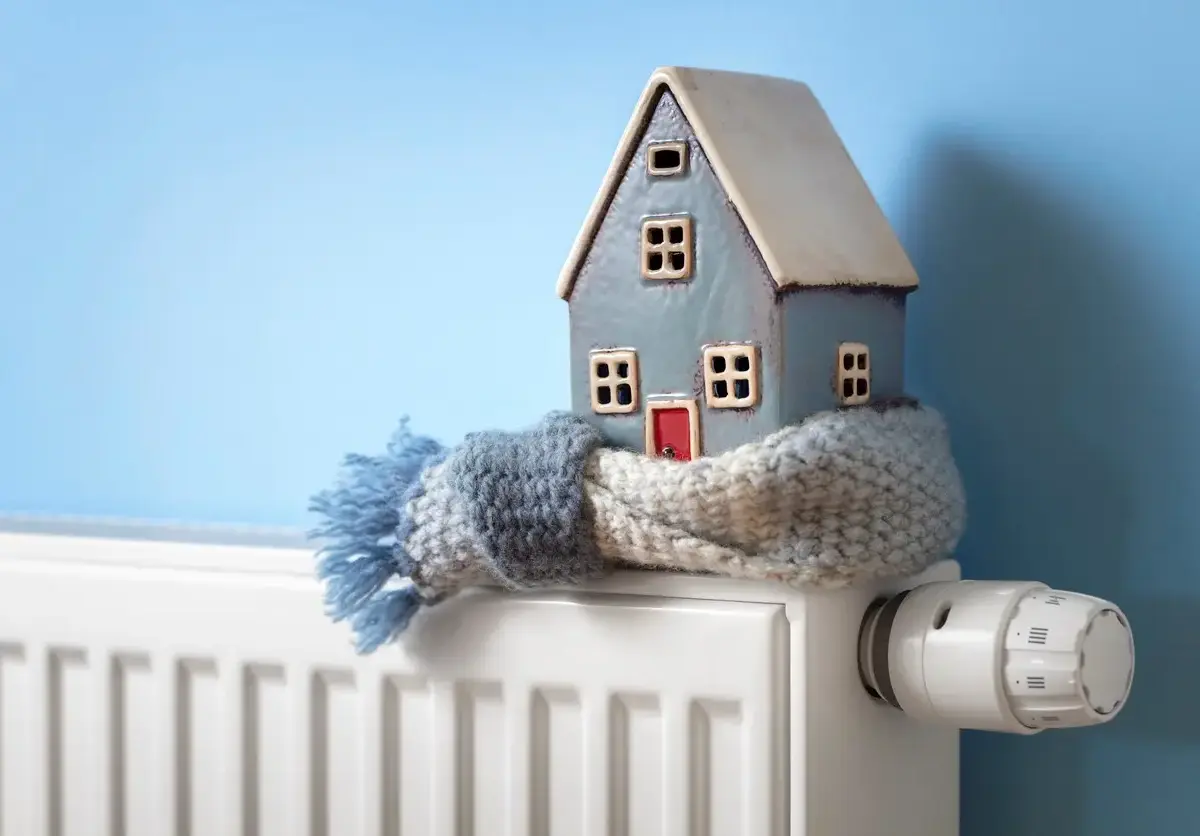What Can You Store in a Heated Storage Unit During the Winter?

Winter is just around the corner, and as the last leaves start to fall along with the plummeting temperatures, it’s time to start getting ready for the cooler weather ahead.
Once you’ve brought in the patio furniture, packed up the grill, and pulled the cover over the pool, where do you put all your summertime gear so it’ll be ready for next year? Daffodil Storage’s heated storage units are the solution you’re looking for.
What Is Heated Storage?
While every self storage unit has its benefits, heated self storage is an especially valuable storage type for creating a barrier between your belongings and the freezing weather outside.
The primary benefit of heated storage is its ability to reduce temperature fluctuations. Sudden temperature drops can damage a wide range of items, from wooden furniture to electronics, by causing stress and expansion.
To combat this, heated storage maintains a steady temperature between 60 and 80° F, which is optimal for preventing the freeze-thaw cycle that can ruin your belongings. Whether you’re storing retro VHS tapes or seasonal yard equipment, heated storage provides peace of mind while your temperature-sensitive items are tucked away.
What Is the Difference Between Heated and Climate-Controlled Storage?
While both heated and climate-controlled storage regulate indoor conditions, climate control manages both temperature and humidity levels. Heated storage focuses solely on maintaining a stable temperature, which is particularly useful in areas where cold weather is the main concern.
How To Keep Wooden Furniture From Cracking in the Winter

Wood is a living material, even after it’s been crafted into furniture. It has a natural structure that includes grains, which are small gaps where moisture can accumulate. Normally, this moisture helps a tree expand and contract slightly with changing seasons, making it resilient.
It’s a different story for wood when it’s in the form of furniture. If exposed to freezing temperatures, the moisture trapped in the grains of wooden furniture can freeze and expand. As the ice forms, it forces the wood to expand at the grain, often causing splits and cracks.
The damage might not be immediately visible, but over time, it can significantly weaken the wood’s structure. You’ll know your furniture has been affected when you hear extra creaks and squeaks, or, in the worst-case scenario, when a piece breaks under weight.
Fortunately, a heated storage unit can provide some peace of mind. By keeping the temperature above freezing, this specialized unit type prevents the freeze-thaw cycle that threatens the structural integrity of wooden furniture.
Why Heated Storage Is Important for Electronics
If you’ve ever owned a smartphone or laptop, you may be familiar with lithium-ion batteries. These batteries are common in electronics because they’re lightweight and efficient, but they have one major weakness: freezing temperatures. Inside each lithium-ion battery is a conductive fluid, and when the temperature drops too low, this fluid can freeze, causing the battery to rupture or lose its ability to hold a charge.
This same risk applies to other types of batteries, like the lead-acid batteries found in motorized vehicles. Keeping electronics in a heated storage unit helps the internal components of these devices and batteries remain stable, preventing costly repairs or replacements. If you plan to store electronics or a vehicle during the winter, heated storage is essential.
Heated Storage Units for Collectibles and Vinyl Records

Collectibles like coins, stamps, and vinyl records are highly sensitive to environmental changes. Vinyl, for example, is a material that can warp or crack if exposed to extreme cold or fluctuating temperatures. Similarly, rapid temperature changes can cause paint to crack or colored plastic to fade on retro figurines and vintage toys.
Fortunately, when you need a wintertime home for your collections, heated self storage has you covered. Our month-to-month leasing also takes the guesswork out of how long you need to rent your storage space. If winter weather creeps into spring, you can hold on to your heated self storage unit as long as you like.
Is Heated Storage Important in the Spring, Summer, and Fall?
While heated storage is most beneficial during the winter, there are instances when it’s helpful in other seasons too. Even in spring, summer, and fall, unexpected cold spells or rapid temperature fluctuations can occur due to weather changes. Over time, this stress weakens your belongings, reducing their durability and quality.
Even when the weather seems pleasant outside, heated self storage acts as a buffer against unpredictable temperature drops, helping to shield your sensitive items from climate-related damage year-round.
Secure a Heated Storage Unit Near You With Daffodil Storage
Winter can bring unpredictable and harsh weather, but with heated storage, you can keep your belongings stashed in a stable, affordable space. If you’re thinking about how to maximize the space in your heated storage unit, we can help you with that also. How much is a heated storage unit, you may ask? It depends on the unit size you choose and how long you rent it, but we’re here to help you find the solution that fits your needs and budgets.
If you’d like to learn more about rates for heated storage, find your nearest Daffodil Storage facility today!